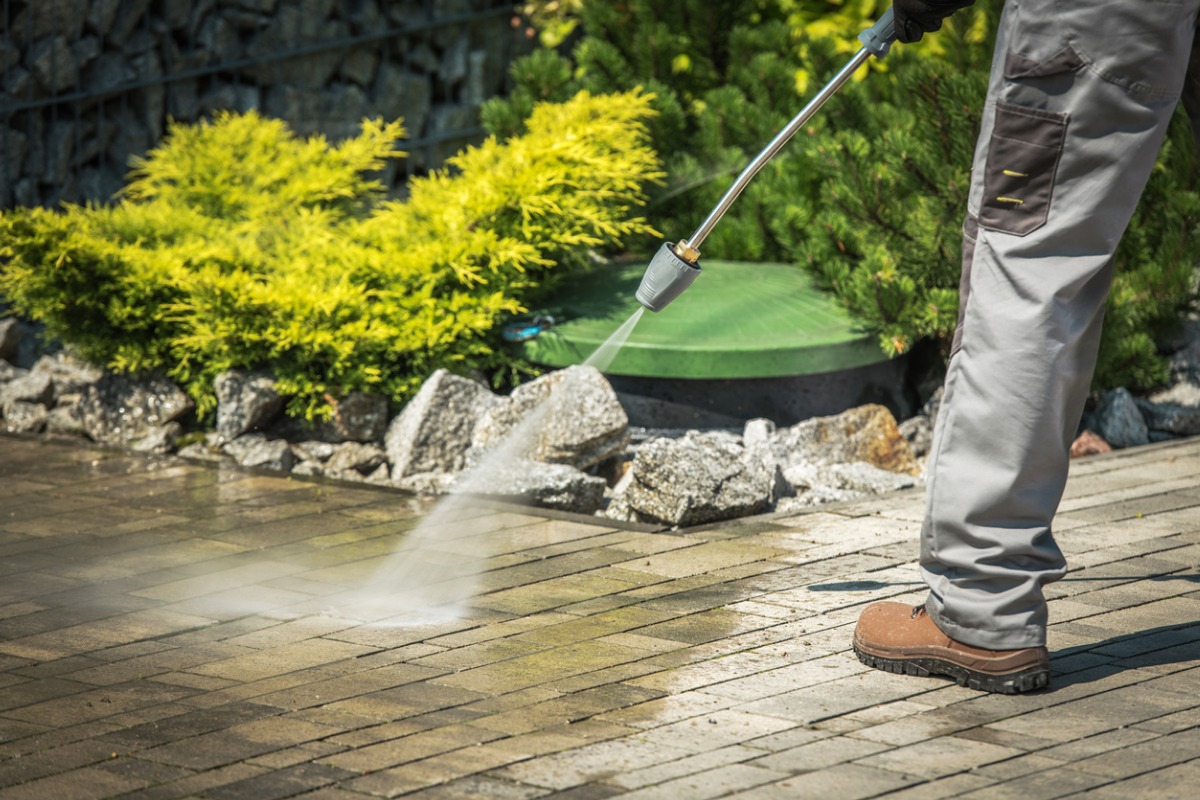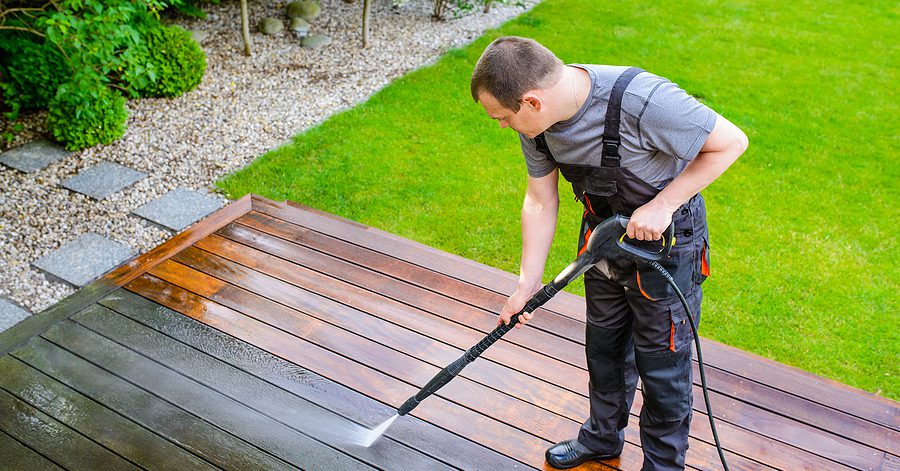Why Homeowners Depend On Pressure Washing Lockhart for Sparkling Clean Exteriors
Why Homeowners Depend On Pressure Washing Lockhart for Sparkling Clean Exteriors
Blog Article
Revitalize Your Home: The Ultimate Guide to Pressure Laundering
Stress cleaning is an invaluable device for home owners aiming to bring back the aesthetic appeal and durability of their properties. To browse these intricacies and accomplish ideal outcomes, it is important to discover the fundamental elements of stress washing, consisting of practical guidance on ensuring and dealing with typical discolorations safety throughout the process.
Comprehending Pressure Laundering
Stress cleaning is a powerful cleaning technique that uses high-pressure water spray to eliminate dust, crud, mold, and various other pollutants from numerous surfaces. This strategy is particularly efficient on difficult surface areas like driveways, walkways, decks, and siding, where standard cleansing methods might fail. By using specific tools that generates high-pressure streams of water, stress washing can permeate deeply right into surface areas, successfully dislodging and getting rid of persistent debris.
The procedure is not just reliable yet also eco-friendly, as it typically depends exclusively on water, lowering the demand for extreme chemical cleansers. Furthermore, stress washing can enhance the visual charm of residential or commercial properties, preserving their value and extending the life-span of surface areas by protecting against deterioration brought on by contaminants.

Choosing the Right Devices
Selecting the suitable tools is critical for accomplishing optimum results in pressure cleaning. The first choice involves selecting in between electric and gas stress washing machines. Electric designs are generally lighter, quieter, and ideal for domestic tasks like cleaning up patio areas or lorries. Gas systems, on the other hand, supply higher stress and flow rates, making them suitable for bigger work such as cleansing driveways or siding.
Next, think about the stress rating, determined in extra pounds per square inch (PSI) For light-duty tasks, a stress washer with 1,300 to 1,600 PSI is enough, while medium-duty jobs commonly require 1,600 to 2,500 PSI. Sturdy jobs may require makers going beyond 2,500 PSI.
Furthermore, the circulation rate, determined in gallons per min (GPM), influences cleansing effectiveness (Pressure Washing Lockhart). A higher GPM permits for quicker cleansing but might require extra powerful devices
Methods for Reliable Cleansing

The strategy of overlapping strokes is crucial for even insurance coverage. Start from the leading and function your way down, guaranteeing that each pass somewhat overlaps the previous one. This prevents spotting and makes sure a comprehensive clean. In addition, preserving a constant range from the surface, commonly 12 to 18 inches, allows for effective application without triggering injury.
Making use of the proper nozzle is also important. A wide-angle nozzle is suitable for bigger locations, while a slim nozzle can target persistent dirt or grime. Furthermore, utilizing a sweeping movement instead than a fixed spray aids to stay clear of focused areas of pressure, which could result in surface damage.

Taking On Common Spots
When it pertains to preserving the look of outdoor surfaces, attending to usual stains effectively is vital for lengthening their lifespan look at more info and improving curb appeal. Different surface areas, consisting of vinyl, wood, and concrete, can gather spots from natural products, oils, and toxic wastes, necessitating a targeted technique.
For oil spots, a mix of degreasers and stress cleaning can yield superb outcomes. Use the degreaser to the stained area, enabling it to permeate prior to making use of a stress washing machine to remove the residue. Organic spots, such as mildew or algae, frequently require a service containing bleach or a devoted mold cleaner, complied with by pressure washing to restore the surface's initial appearance.
Rust spots, commonly found on metal surfaces, may necessitate specialized corrosion cleaners. Apply the item and scrub the area prior to stress washing to remove any type of lingering staining. It's important to examine any type of cleaning solution on a little, unnoticeable location first to avoid damages.
Security Tips and Best Practices
Making certain safety and security while pressure cleaning is critical, as the high-pressure water can pose considerable risks otherwise dealt with properly. To safeguard yourself and others, constantly use ideal personal safety equipment (PPE), including security goggles, gloves, and sturdy shoes. This gear will certainly protect you from flying particles and the potential for injury.
Before starting, evaluate the pressure washing machine for any kind of leaks or damaged components. Acquaint on your own with the tools's manual to comprehend its review procedure and safety features. Furthermore, make certain the area you are operating in is cost-free of barriers which any electrical connections are safe from water exposure.
When operating the pressure washer, preserve a risk-free range from surfaces and prevent intending the nozzle at individuals, pet dogs, or fragile objects. Use the appropriate nozzle for the task, as different nozzles create differing spray patterns and pressure levels. Be mindful of your surroundings: protected loose items, watch for electric lines, and stay clear of functioning in wet conditions that may lead to slips or falls.
Conclusion
In verdict, pressure cleaning offers as an important tool for property owners seeking to boost residential property appearances and durability. By understanding the ins and outs of equipment option, effective cleansing techniques, and typical stain elimination, the potential for renewing one's home becomes apparent.
Stress washing is a powerful cleansing method that utilizes high-pressure water spray to eliminate dirt, gunk, mold and mildew, and other pollutants from numerous surfaces. By utilizing specialized devices that creates high-pressure streams of water, pressure washing can penetrate deeply right into surfaces, successfully dislodging and washing away stubborn debris.
Nevertheless, it is essential to recognize that pressure washing calls for a certain degree of ability and understanding to stay clear of harmful surfaces. Softer products like wood or repainted surfaces demand a reduced stress setting to stop damages, whereas concrete or block surfaces can stand up to greater stress levels.
Organic spots, such as mold or algae, often need a remedy containing bleach or a devoted mold and mildew remover, followed by pressure more information cleaning to recover the surface's initial look. - Pressure Washing Lockhart
Report this page